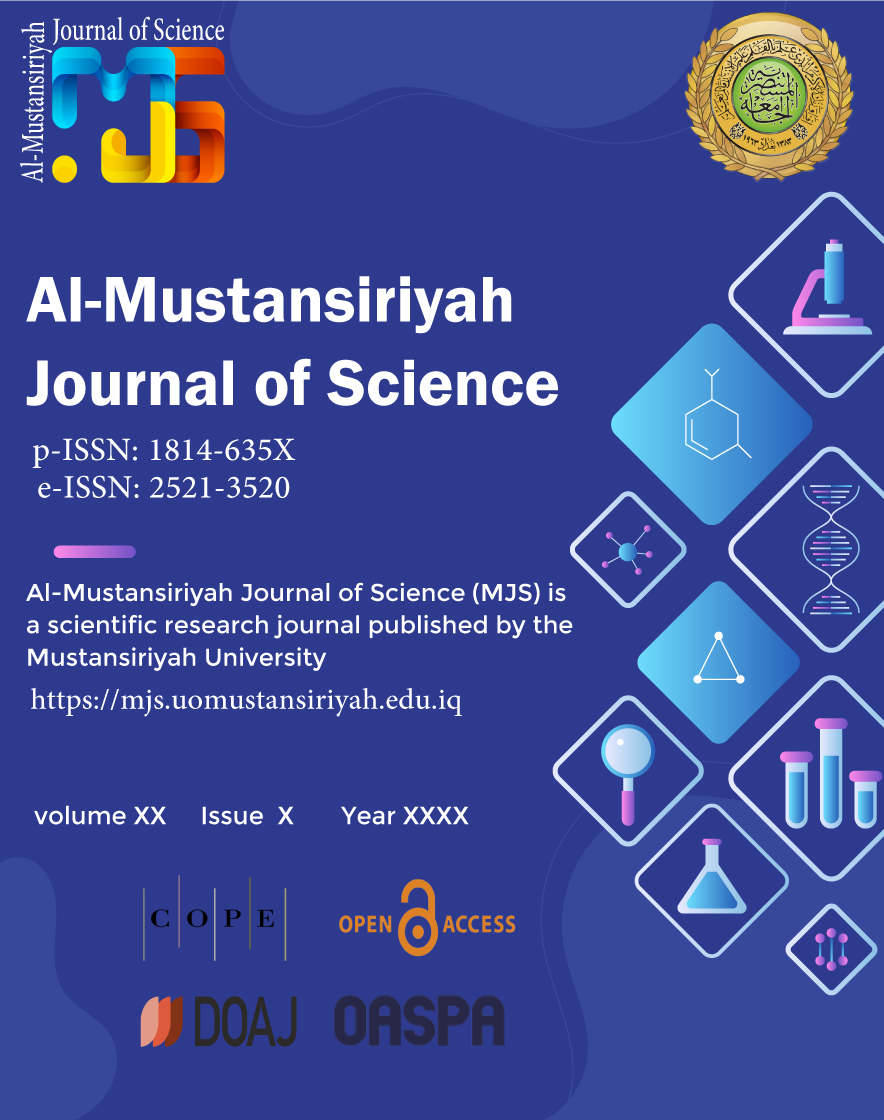Abstract
During this study,690 swabs were taken from different sites divided as the following:First,350 swabs from surgical instruments, doctor gloves, and antiseptics before beginning cesarean surgery to ensure their sterilization. Second, 310swabs from 70 skins(outof 100)of female patients attending Al-Elwiya Educational Maternity Hospitalwere taken at the site of cesarean surgery incision before and after sterilization with10%povidone-iodine and 10%povidone-iodine mixed with 70% ethanolto detect the efficiency of antiseptics and any bacterial invasion might cause post operative infections.Furthermore,30 swabs from infected surgical sites were taken from 30femalepatients with post operative cesarean infectionsto detect the causative bacterial pathogen. The result of 350 swabs that were all taken from different surgical instruments, doctor gloves, and antiseptics beforesurgery inall groups showed negativegrowth culture.Thebacterialisolates wereprimary identifiedby phenotypic examinationsand biochemical testsand finalidentification byVITEK-2system. Staphylococcusepidermidiswasrevealed to bethe prevalent bacterial species from all skin sample sources, while Staphylococcus aureuswas dominant in surgical site infections. Sterilization with 10% povidone iodine mixed with70%ethanol showed less bacterial loadon skin with a significant decreaseinthe numbers of isolated bacteria in comparisonto use 10% povidone iodine solution alone
Keywords
antiseptics
postoperative infection
skin microbiota
VITEK-2 system
